Physical Address
304 North Cardinal St.
Dorchester Center, MA 02124
Subcapsular ( Fig. 9.1 ): (a) anterior lies directly under the lens capsule, and (b) posterior lies just in front of the posterior capsule and appears black on retroillumination; the latter often has a more profound effect on vision than a comparable nuclear or cortical cataract, with glare and poor near vision.
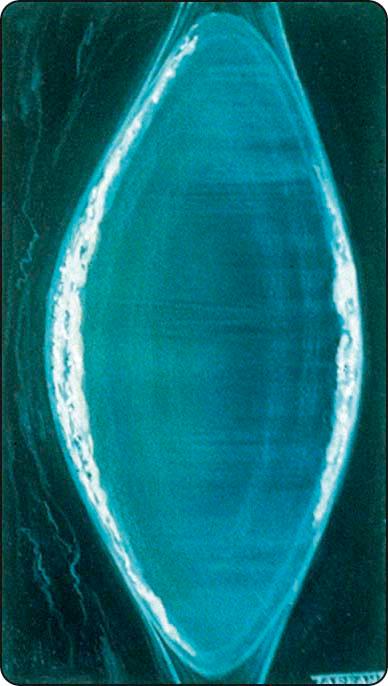
Nuclear: often associated with myopia due to an increase in the refractive index of the nucleus; when advanced, the nucleus appears brown ( Fig. 9.2 ).
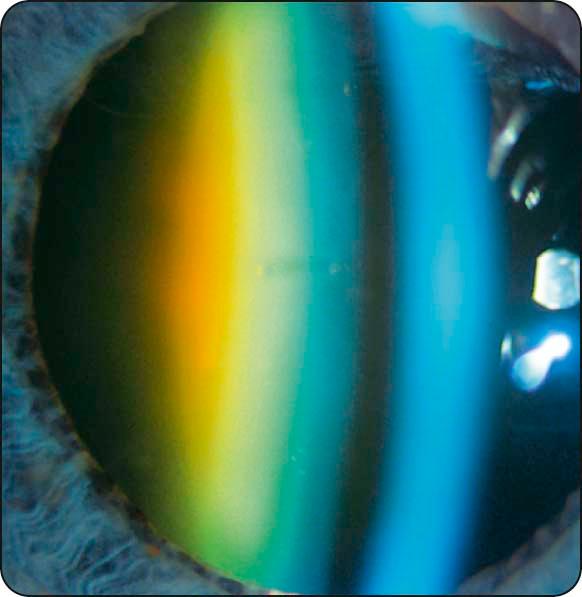
Cortical: starts as clefts and vacuoles between lens fibres ( Fig. 9.3 ) due to hydration of the cortex and evolves into wedge-shaped or radial spoke-like opacities ( Fig. 9.4 ).

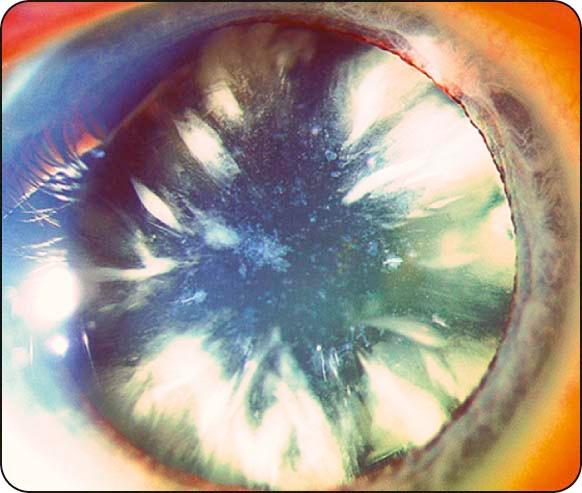
Christmas tree : polychromatic opacities ( Fig. 9.5 ).
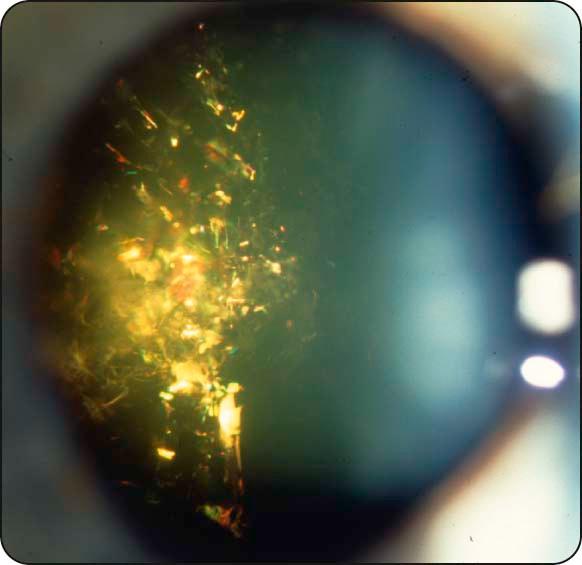
Cataract maturity: (a) immature (lens is partially opaque), (b) mature (lens is completely opaque), (c) hypermature (shrunken and wrinkled capsule; Fig. 9.6 ), and (d) Morgagnian cataract (inferior sinking of nucleus in a liquefied cortex; Fig. 9.7 ).
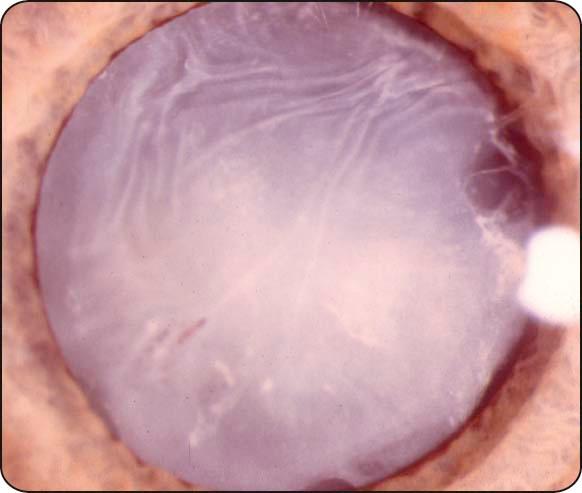
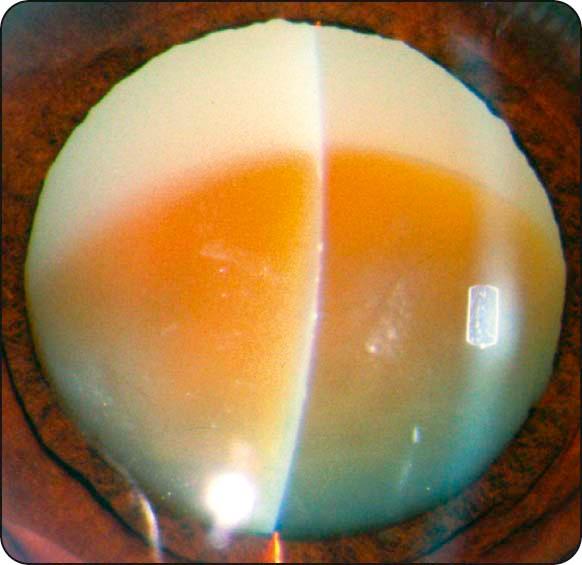
Diabetes mellitus: hyperglycaemia leads to the overaccumulation of metabolic products in the lens, initially leading to fluctuating refraction and later to cataract, particularly accelerated age-related nuclear.
Myotonic dystrophy: fine cortical iridescent opacities that evolve into a visually disabling stellate posterior subcapsular cataract ( Fig. 9.8 ).
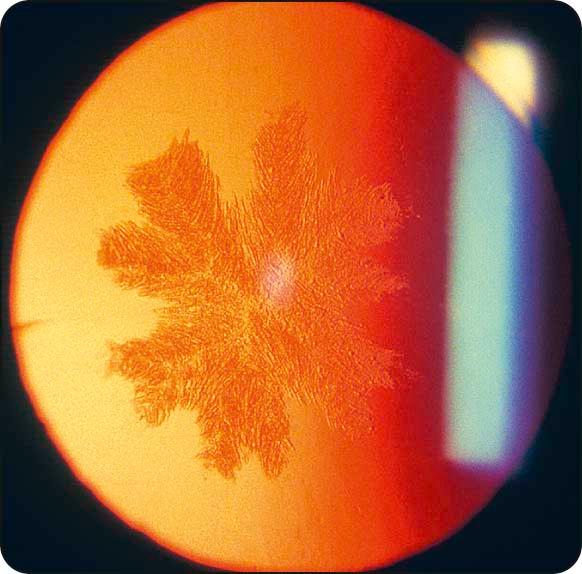
Atopic dermatitis: dense anterior subcapsular plaque is characteristic ( Fig. 9.9 ).
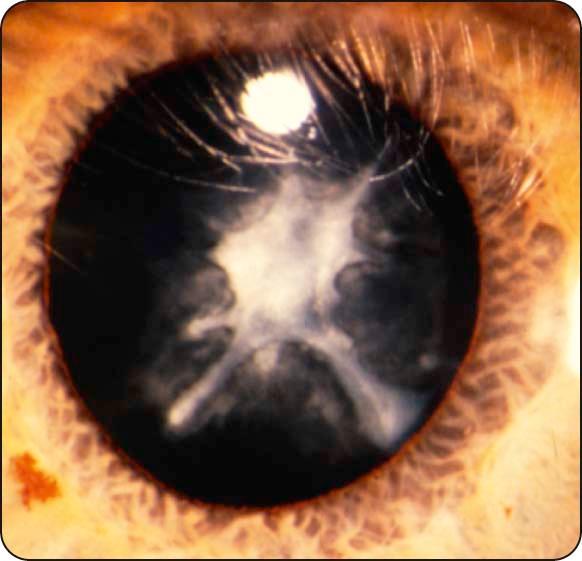
NF2: cataract develops in approximately 60% of patients, often prior to the age of 30 years.
A secondary (complicated) cataract develops as a result of other primary ocular disease such as the following:
Chronic anterior uveitis: cataract may be caused both by inflammation and by the steroids; progresses more rapidly in the presence of posterior synechiae ( Fig. 9.10 ).

Acute congestive angle closure: small, grey-white, anterior opacities within the pupillary area (glaukomflecken; Fig. 9.11 ).
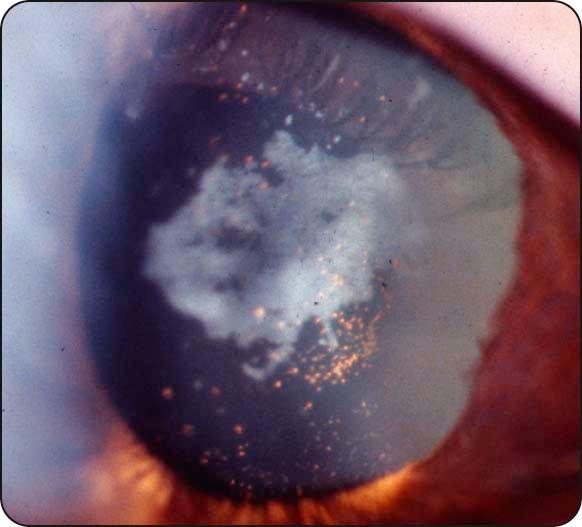
High (pathological) myopia: posterior subcapsular opacities and early onset nuclear sclerosis.
Hereditary fundus dystrophies: retinitis pigmentosa, Leber congenital amaurosis, gyrate atrophy, and Stickler syndrome (see Chapter 15 ).
Penetrating trauma.
Blunt trauma may cause a characteristic flower-shaped opacity ( Fig. 9.12 ).
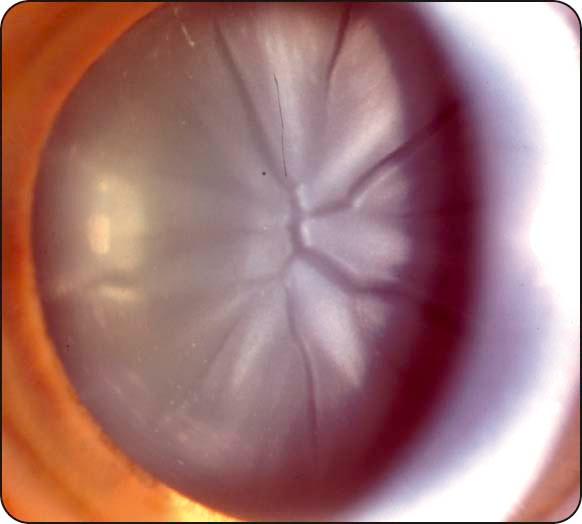
Electric shock.
Infrared radiation (e.g. occupational exposure).
Ionizing radiation (e.g. for ocular tumours).
Become a Clinical Tree membership for Full access and enjoy Unlimited articles
If you are a member. Log in here